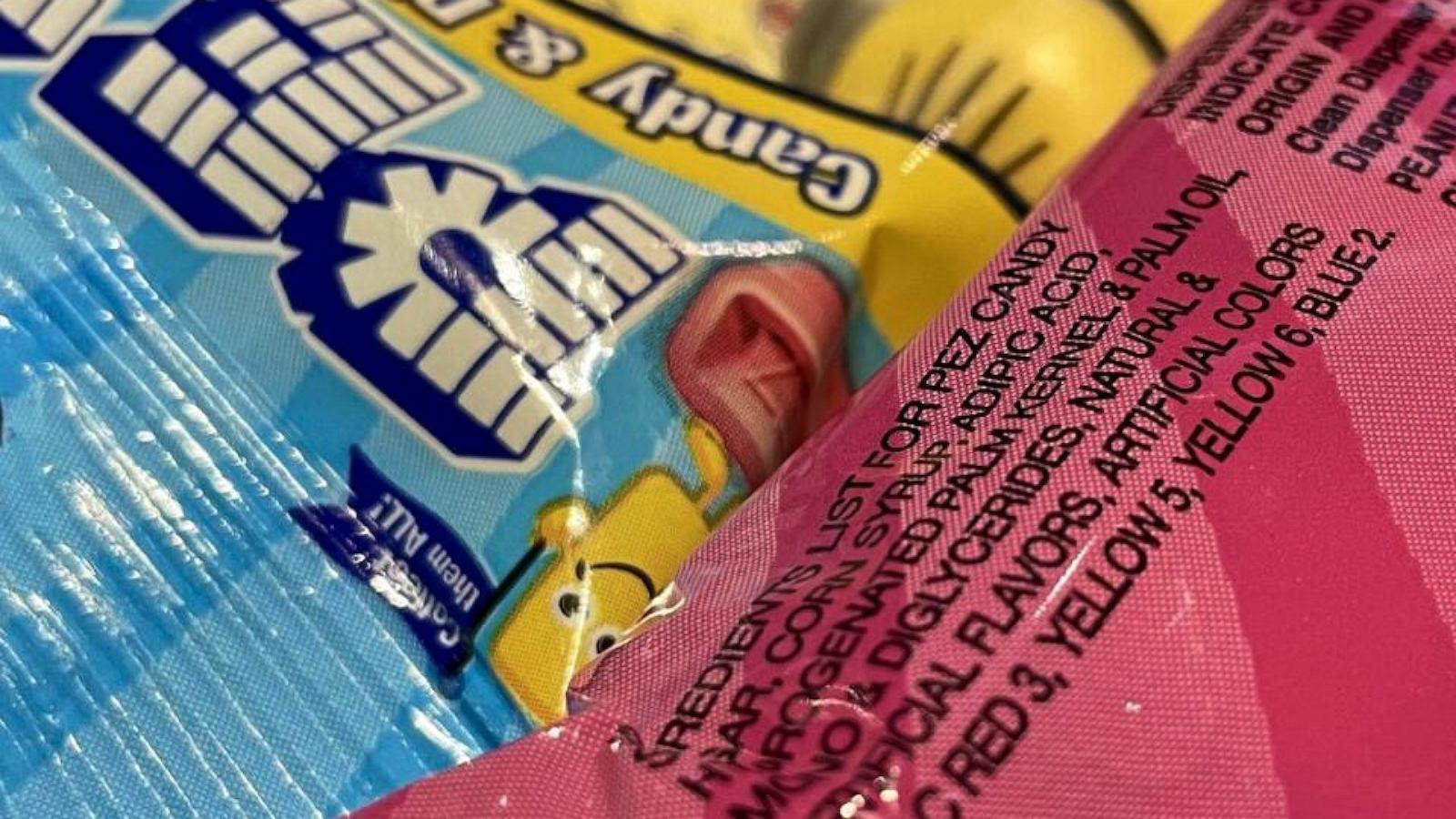Red Dye No. 3 Banned by FDA: What You Need to Know About This Controversial Food Additive
Get ready for a shocking revelation! The FDA has finally banned Red Dye No. 3, a controversial food additive used in many products we consume daily. For years, concerns have swirled around its safety, leading to a long-fought battle to remove this potentially harmful dye from our food supply. This article will provide an in-depth look at the ban, the science behind it, and what it means for consumers like you.
The Shocking Truth About Red Dye No. 3
For decades, Red Dye No. 3, also known as erythrosine, has been a staple in the food industry. It's that vibrant red color that makes your favorite candies, maraschino cherries, and even some snack cakes so visually appealing. But what many consumers don't know is that this artificial color additive has been the subject of intense scrutiny for years, particularly over concerns about its potential to cause cancer. Multiple studies have linked it to tumor development in laboratory animals, sparking years of debate about its safety for human consumption. These alarming results have finally pushed the FDA to take action. Now you're probably asking, why was it allowed in our food for so long?
Decades of Debate and Delayed Action
While the FDA banned the use of Red Dye No. 3 in cosmetics and external medications in 1990 due to studies indicating potential carcinogenicity in rats, its continued use in food and drugs prompted widespread public concern. Many advocacy groups and consumers demanded its removal from the food supply for years, pointing to the inconsistent regulatory approach. They have persistently argued that a substance unsafe for external applications shouldn't be deemed acceptable for ingestion. Finally, mounting pressure led to a landmark petition that pushed the FDA into taking the action now in place.
The FDA's Decision and its Impact
The FDA's recent decision to officially ban Red Dye No. 3 marks a significant victory for consumer safety advocates and everyone who has voiced their concerns. The decision references the Delaney Clause, a 1958 law prohibiting the addition of cancer-causing substances to food and drugs. Although previous studies have shown some instances of cancer in lab rats associated with Red No.3 exposure, it’s important to note that the mechanism of cancer development differs in rats than in humans. Nonetheless, this move highlights an ongoing effort to eliminate any such possibilities in food. In a detailed press release, they stated that evidence gathered proved to them that this artificial dye did in fact cause cancerous tumors in certain types of male lab rats, and therefore decided to move forward in taking action under this particular law.
A Phased Removal Process
The ban on Red No. 3 won't happen overnight. Food manufacturers have a grace period until January 2027 to reformulate their products, phasing out the controversial additive. This extended period allows for a smoother transition, minimizing disruptions to production lines. The timeline is more flexible for drugs; manufacturers of ingested drugs have until January 2028 to complete the removal process, acknowledging that pharmaceutical product changes often necessitate a longer lead time.
Alternatives to Red Dye No. 3 and the Future of Food Additives
The ban paves the way for a wider adoption of more natural food coloring options. Many companies have already begun substituting Red Dye No. 3 with alternatives like beet juice, carmine (a color derived from insects), and pigments extracted from foods such as purple sweet potatoes, red cabbage, and radishes. This shift reflects a growing trend among consumers who favor natural over artificial food ingredients, adding a boost to natural product suppliers as a more direct outcome.
Ongoing Scientific Research
This action is unlikely to end discussions surrounding food additives and safety. Scientists and regulatory bodies will continue to investigate the potential long-term health effects of various food colorings. This process will constantly update our knowledge of food safety and improve the safety of our products, continually working to reduce harm from the products we utilize.
Take Away Points
- The FDA has banned Red Dye No. 3 from the food supply.
- Food manufacturers have until January 2027 to remove it from their products.
- The ban is a victory for consumer safety advocates.
- Many natural alternatives are available for the dye, leading the way for a more sustainable approach to our consumption.
- This highlights the continuing importance of evaluating and regulating food additives to ensure that what we eat is healthy.




